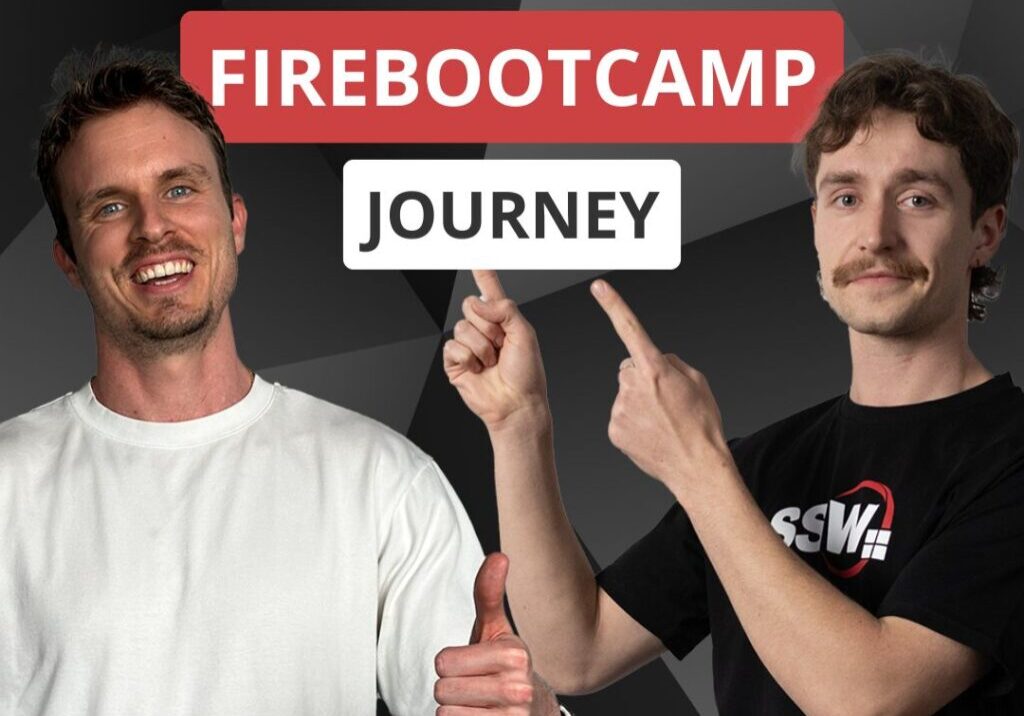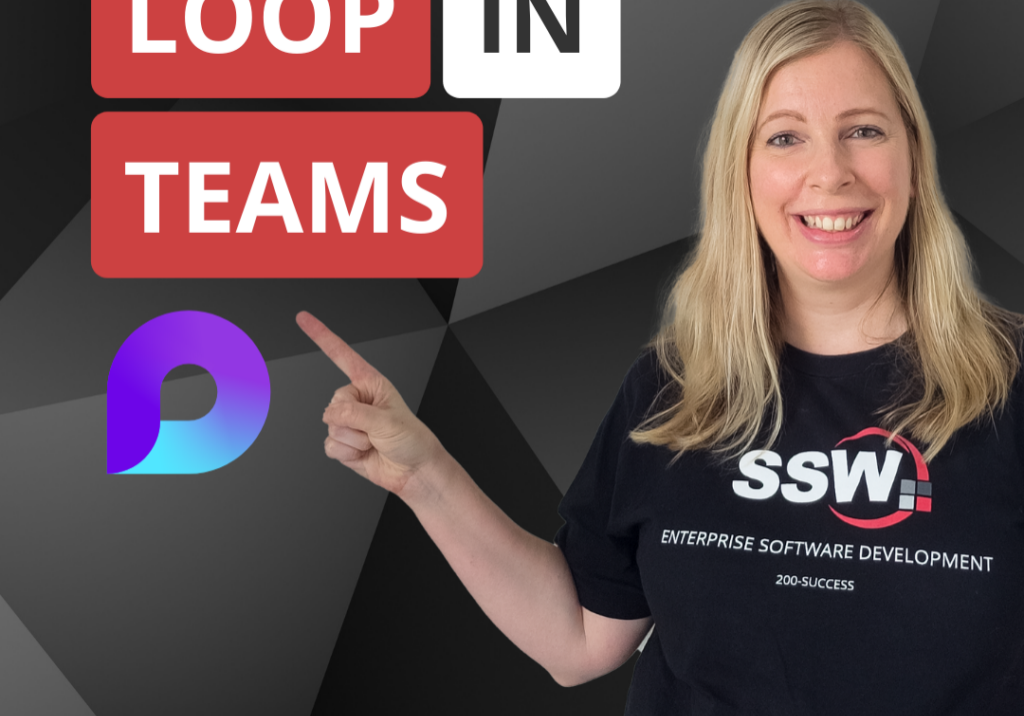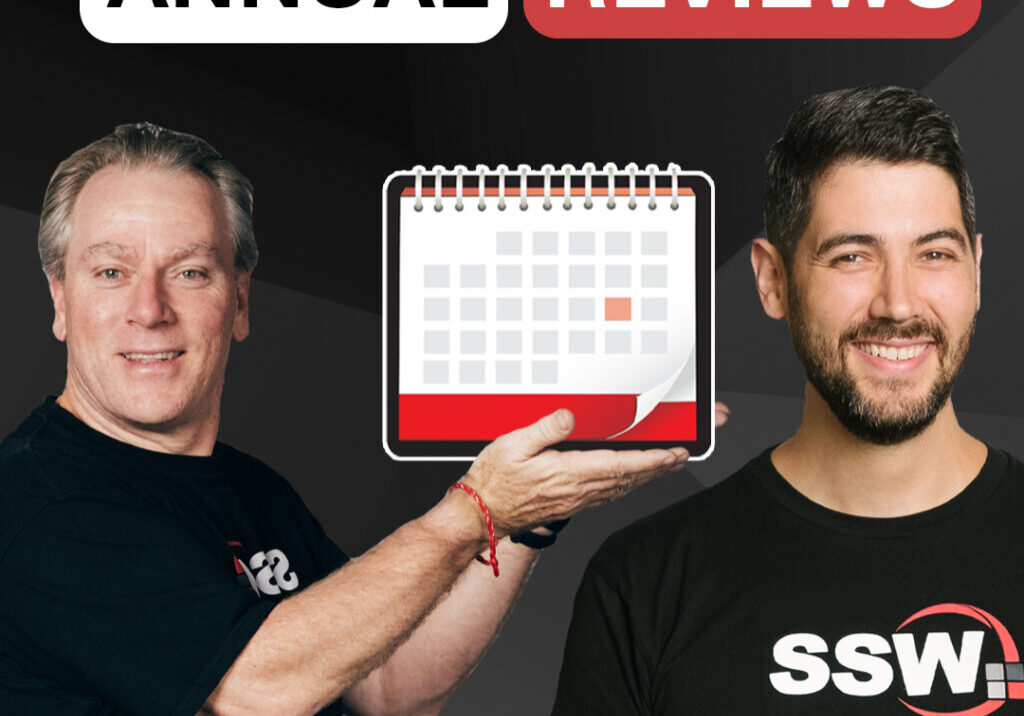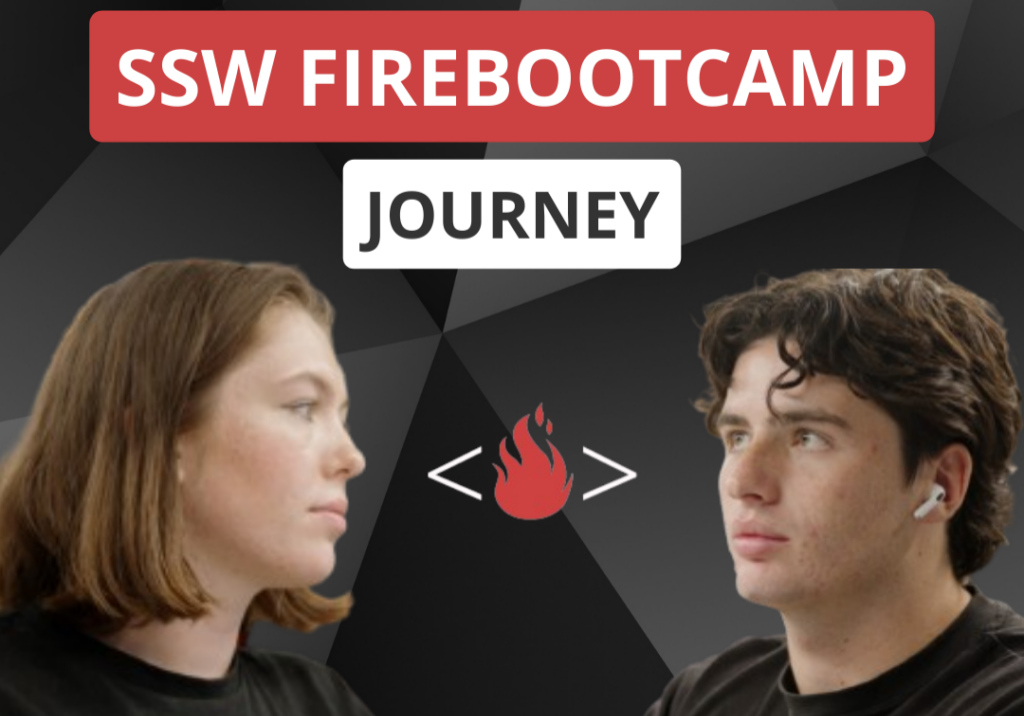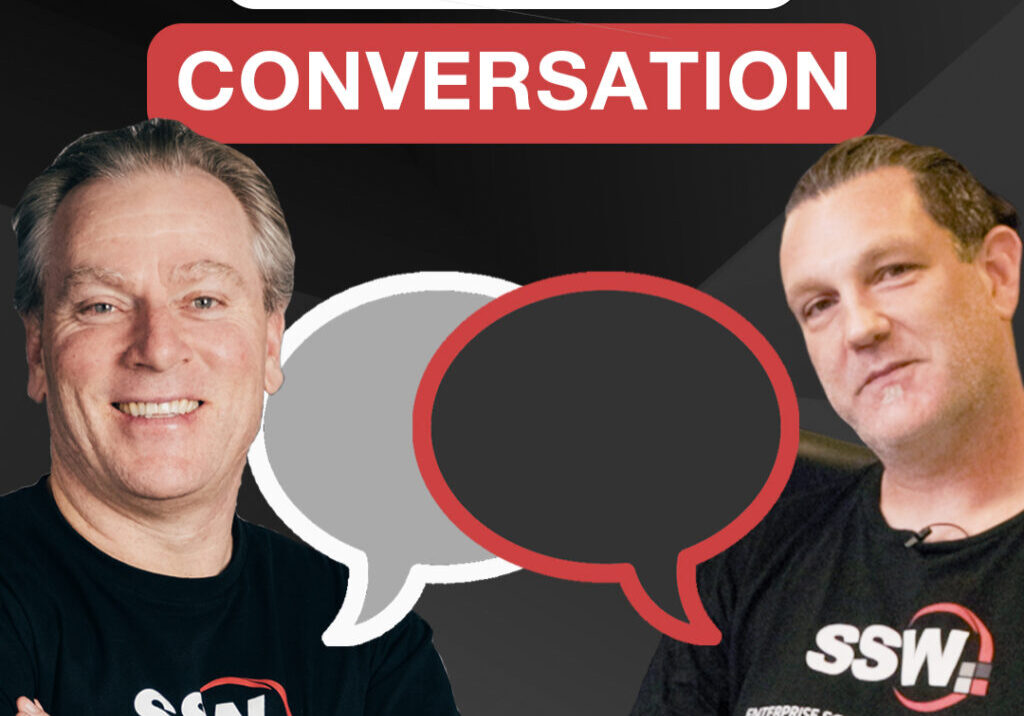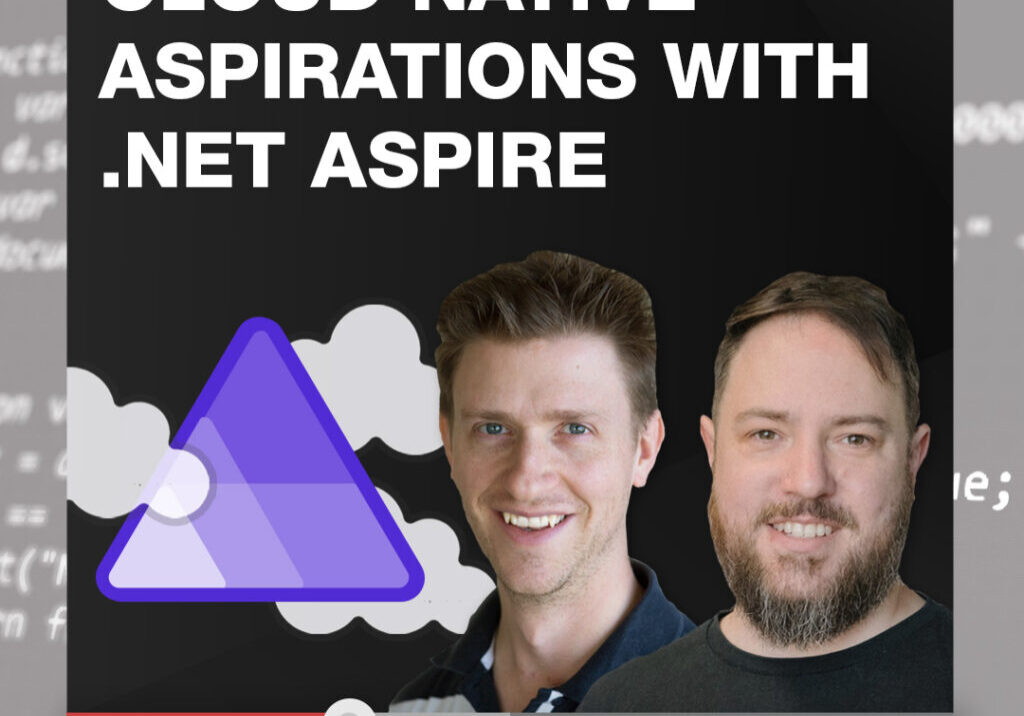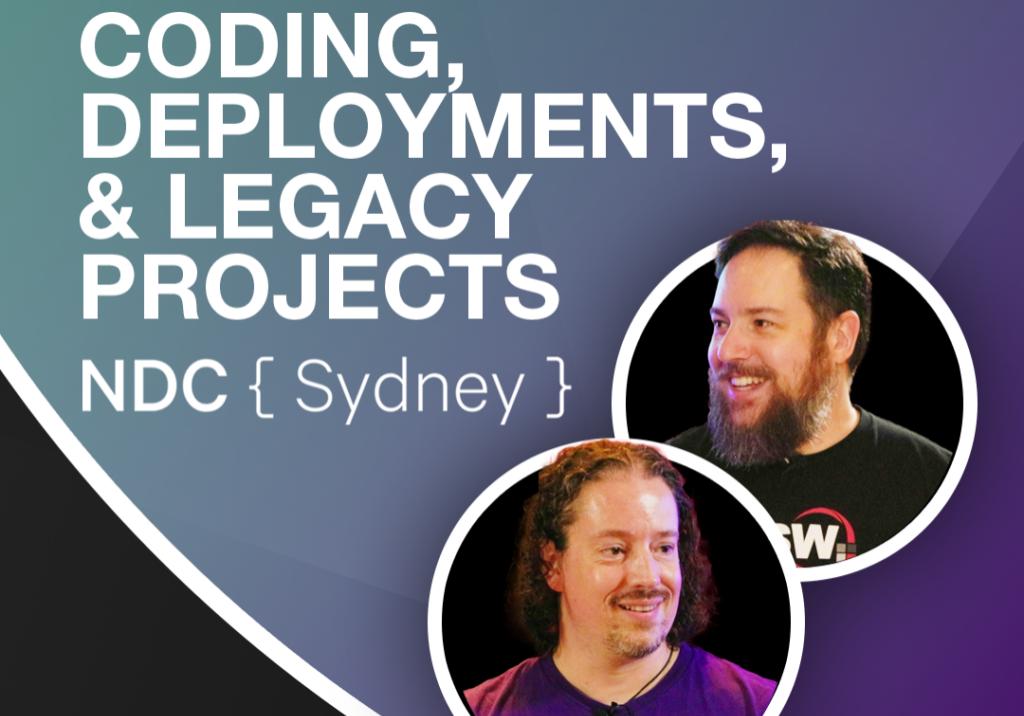We’ve converted the ‘The Sprint Retrospective’ definition from the 2013 Scrum Guide into cartoon form to illustrate how The Sprint Retrospective works in scrum process.
The Sprint Retrospective
The Sprint Retrospective is an opportunity for the Scrum Team to inspect itself and create a plan for improvements to be enacted during the next Sprint.
The Sprint Retrospective occurs after the Sprint Review and prior to the next Sprint Planning.
This is a three-hour time-boxed meeting for one-month Sprints. For shorter Sprints, the event is usually shorter. The Scrum Master ensures that the event takes place and that attendants understand its purpose. The Scrum Master teaches all to keep it within the time -box. The Scrum Master participates as a peer team member in the meeting from the accountability over the Scrum process.
The purpose of the Sprint Retrospective is to:
– Inspect how the last Sprint went with regards to people, relationships, process, and tools;
– Identify and order the major items that went well and potential improvements; and,
– Create a plan for implementing improvements to the way the Scrum Team does its work.
The Scrum Master encourages the Scrum Team to improve, within the Scrum process framework, its development process and practices to make it more effective and enjoyable for the next Sprint. During each Sprint Retrospective, the Scrum Team plans ways to increase product quality by adapting the definition of “Done” as appropriate.
By the end of the Sprint Retrospective, the Scrum Team should have identified improvements that it will implement in the next Sprint. Implementing these improvements in the next Sprint is the adaptation to the inspection of the Scrum Team itself. Although improvements may be implemented at any time, the Sprint Retrospective provides a formal opportunity to focus on inspection and adaptation.
Take the Quiz!
[WATUPRO 16]
About the speakers

Mr Scrum Master
Hello! I'm the Scrum Master, it's nice to be featured here on SSW TV :)

